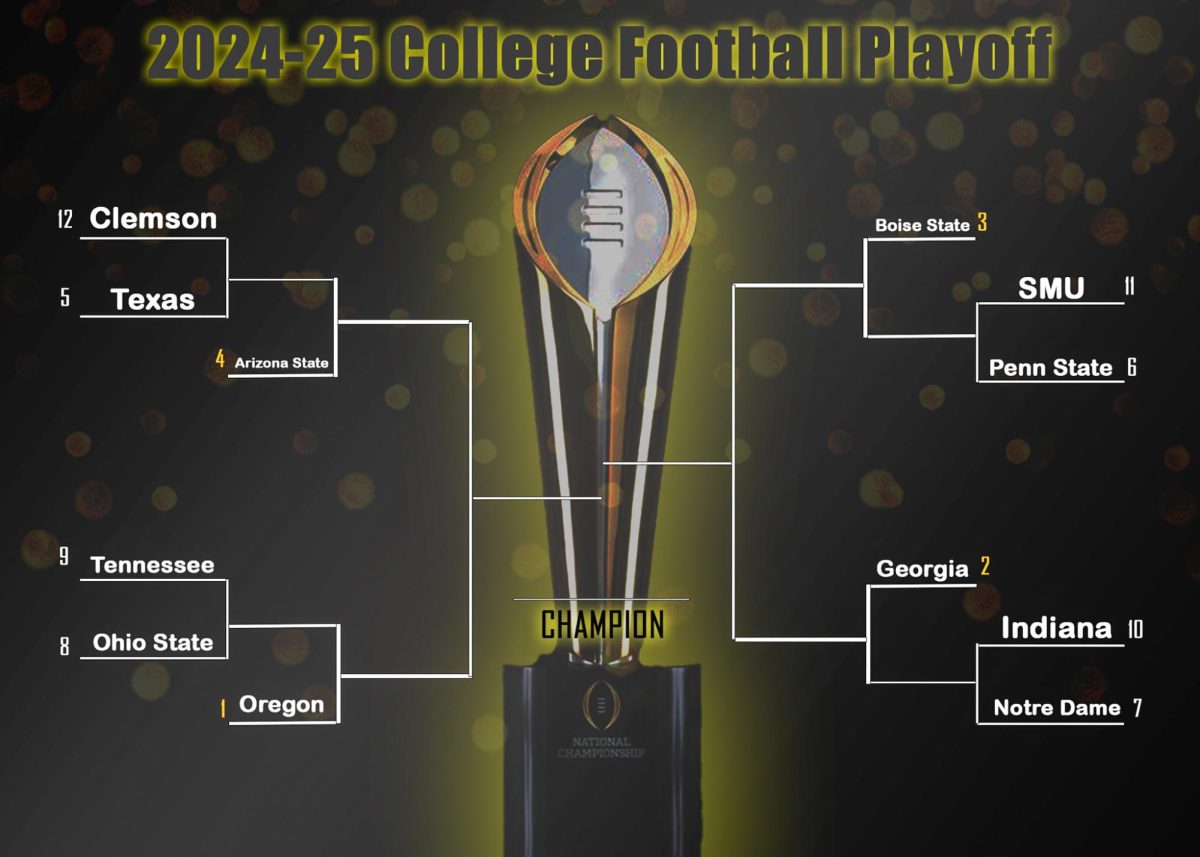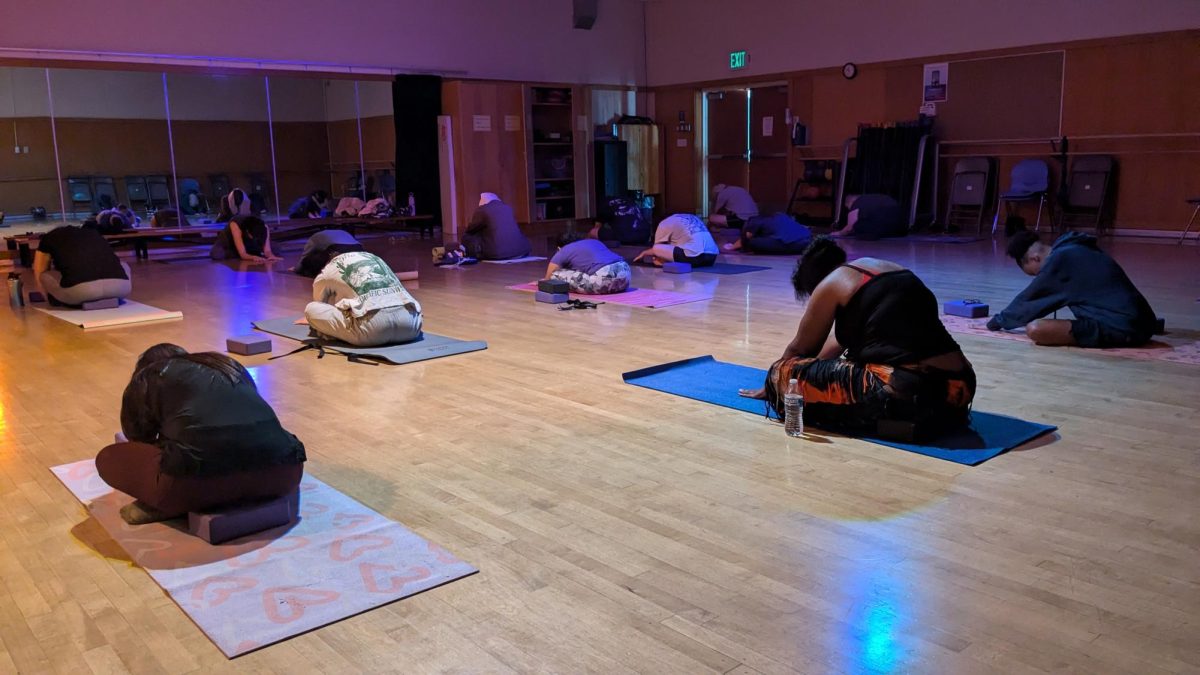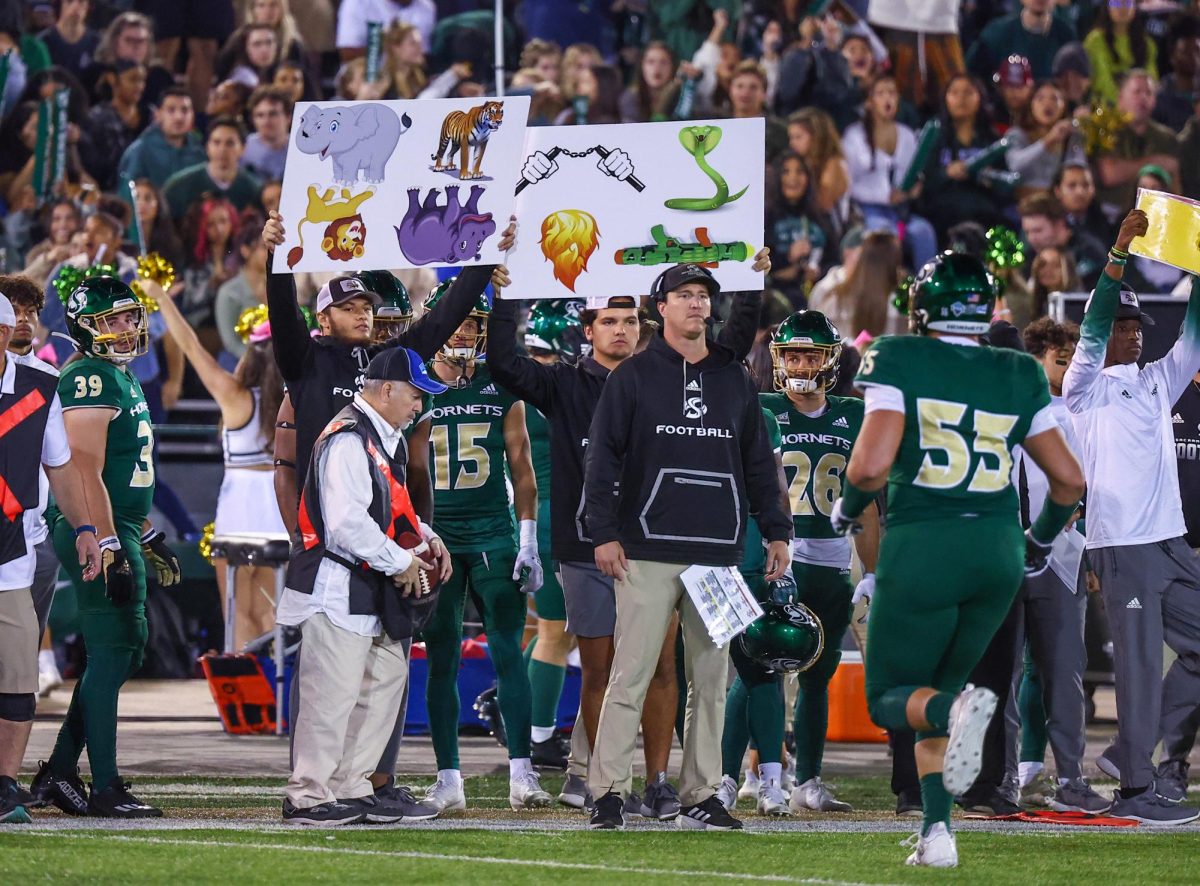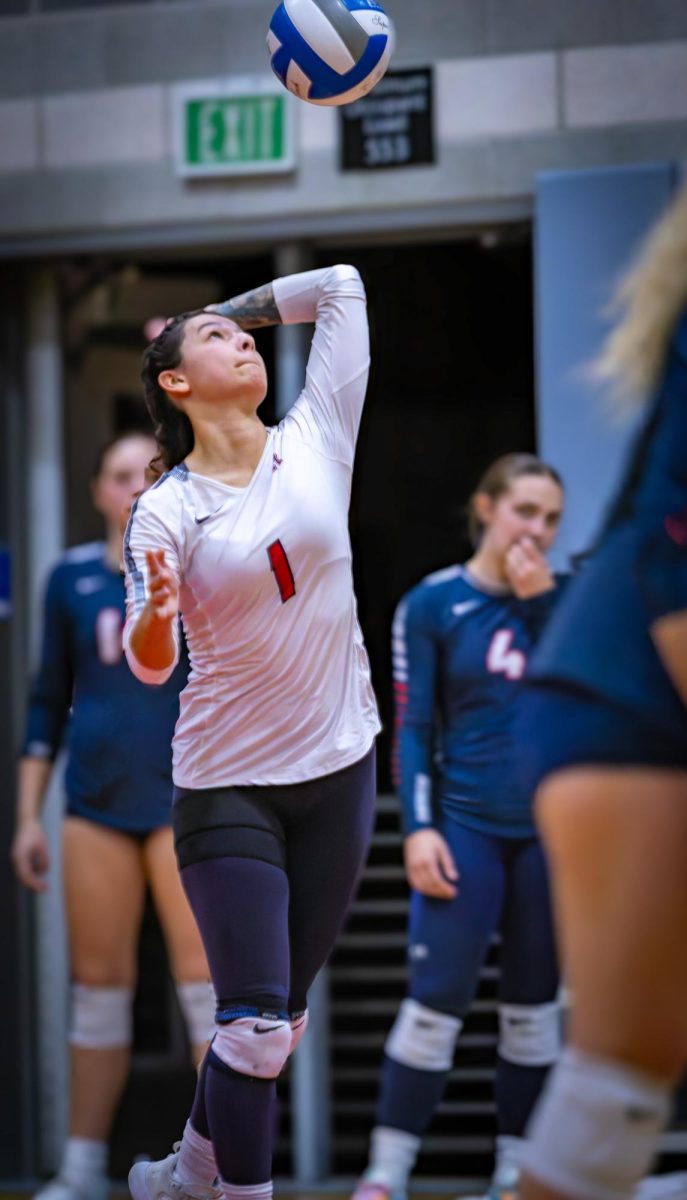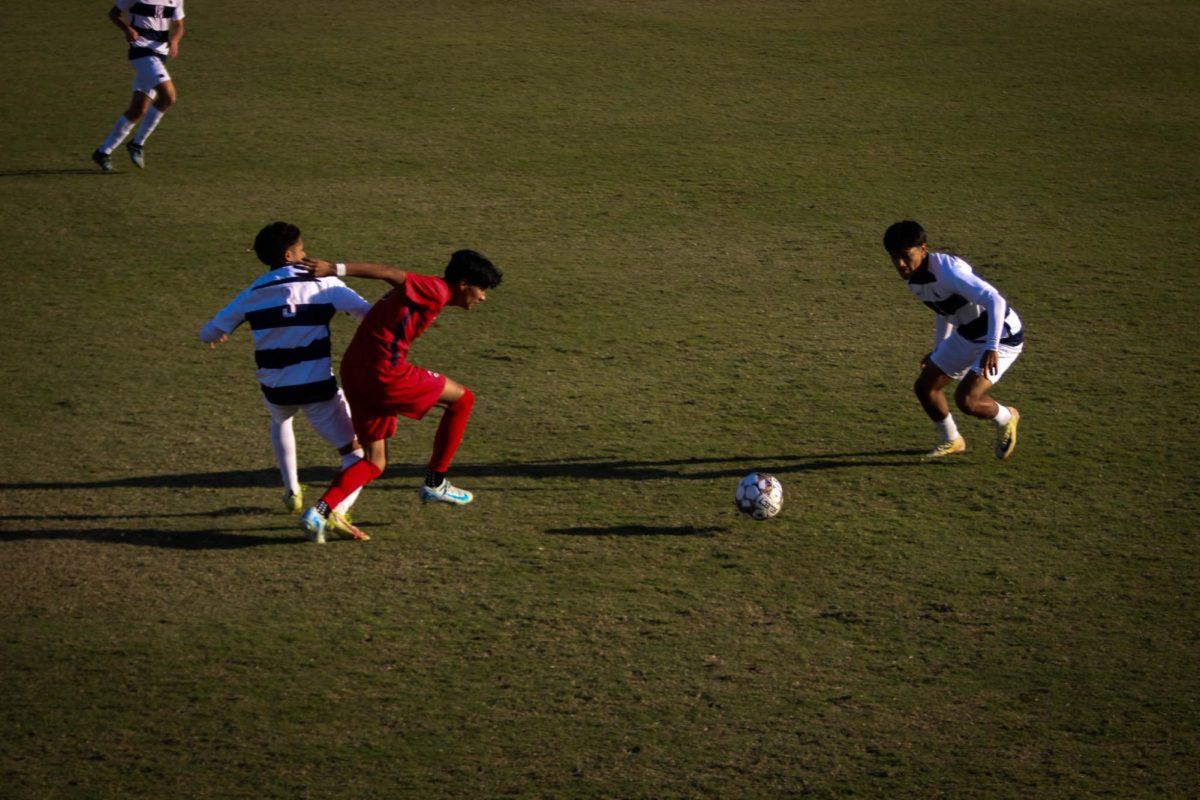With the advancement in mobile technology how have players used these devices to their advantage when it comes to bonding with other players.
Privacy is paramount in team sports. Locker rooms and busses are sacred places to which the outside world has rarely been granted access, until the 21st century when the outside world has been placed in the palms of player’s hands.
Social networking websites like Facebook, Twitter, and Instagram, have millions of registered users. Of those millions, many are college athletes. The access granted to these young athletes makes it easy for them to get lost in their interests. Whereas athletes of earlier generations have used long road trips and locker room prep time to develop chemistry amongst one-and-other, today’s players have unique opportunities to personalize their downtime.
“At times I can see that it’s a problem just because everyone’s so into whatever’s going on their phones instead of talking to each other,” women’s volleyball head coach Ashlie Hain said. “We don’t allow cell phones when we’re together as a team.”
Prohibiting the use of mobile devices is not an uncommon approach among coaches. Jeanette Allred-Powless, head coach of women’s cross-country & track and field has employed this method to create some more organic social settings for her ladies.
“We’ll have three-day, three-night (trips) where I’ll team them up,” Allred-Powless said. “No electronic devices… We do activities that are team activities and games, I think we’ve gotten away from that too much.”
Though Allred-Powless believes these functions allow teammates to get to know each other, some athletes feel their mobile devices help them relate in equally positive ways.
“If it wasn’t for cell phones, we probably wouldn’t be as close as we are,” sophomore volleyball player Jessica Condit said. Condit believes mobile technology has helped team chemistry. “We’re always texting [and] Snapchatting, that’s what got us close.”
Allowing teammates into each other’s personal lives has given some a chance to make deeper investments in their teams. Sophomore Bob Bralley feels a much stronger commitment to the men’s swim team after a somber Facebook post prompted an anonymous gesture from teammates.
“The other day, somebody from the swim team left a note on my car saying ‘Get better soon.’ and a Chipotle gift card,” Bralley said. “That motivated me, and it brings the chemistry together.”
Even activities that seem more divisive by nature have proven beneficial in bringing teammates together. Several ARC athletes use their iPods and other MP3 devices to achieve a higher level of focus prior to competition. But through the use of such devices, they have found another way to share experiences.
“We have team CD’s, we all listen to the same songs,” said Sophi Lozano, 19-year-old freshman of the women’s volleyball team. “We have inside jokes [from songs], each individual respects each other’s pre-game warm-ups, but we do [listen together].”
With so many unique variables, opposing views are plentiful among coaches and athletes, but all parties agree that the mobile media is, for better or worse, here to stay. Even a traditionalist like Allred-Powless finds social networking necessary.
“We have to be able to do that if you want to be competitive,” she said. “I’ve reached more potential student athletes via Facebook than any other method.”


